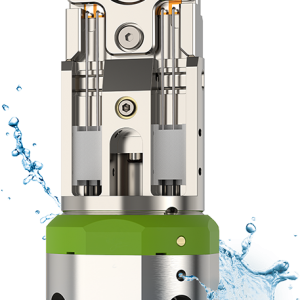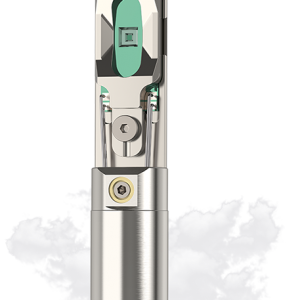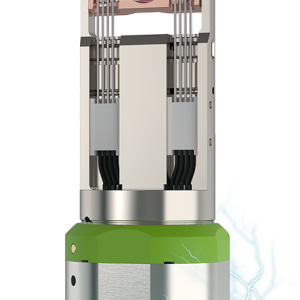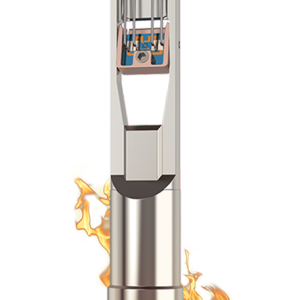Abstract
Metal catalysts play an important role in industrial redox reactions. Although extensively studied, the state of these catalysts under operating conditions is largely unknown, and assignments of active sites remain speculative. Herein, an operando transmission electron microscopy study is presented, which interrelates the structural dynamics of redox metal catalysts to their activity. Using hydrogen oxidation on copper as an elementary redox reaction, it is revealed how the interaction between metal and the surrounding gas phase induces complex structural transformations and drives the system from a thermodynamic equilibrium toward a state controlled by the chemical dynamics. Direct imaging combined with the simultaneous detection of catalytic activity provides unparalleled structure–activity insights that identify distinct mechanisms for water formation and reveal the means by which the system self-adjusts to changes of the gas-phase chemical potential. Density functional theory calculations show that surface phase transitions are driven by chemical dynamics even when the system is far from a thermodynamic phase boundary. In a bottom-up approach, the dynamic behavior observed here for an elementary reaction is finally extended to more relevant redox reactions and other metal catalysts, which underlines the importance of chemical dynamics for the formation and constant re-generation of transient active sites during catalysis.
Read More: https://onlinelibrary.wiley.com/doi/10.1002/adma.202101772












